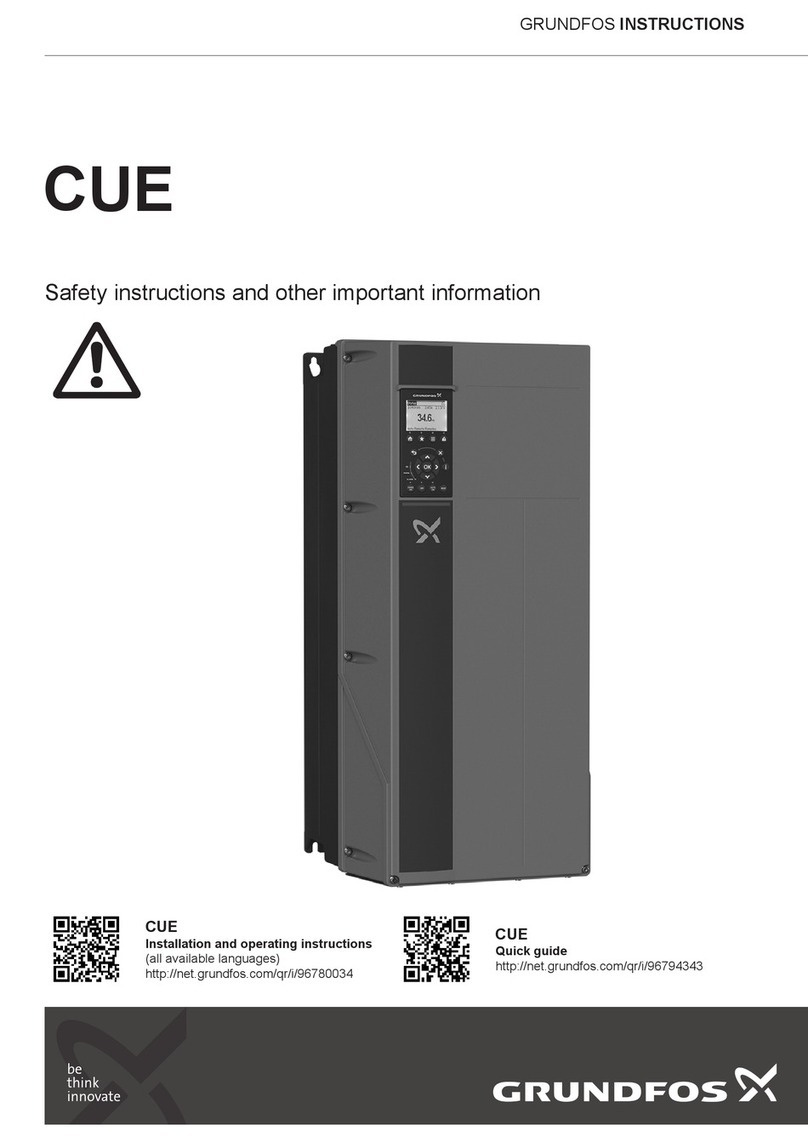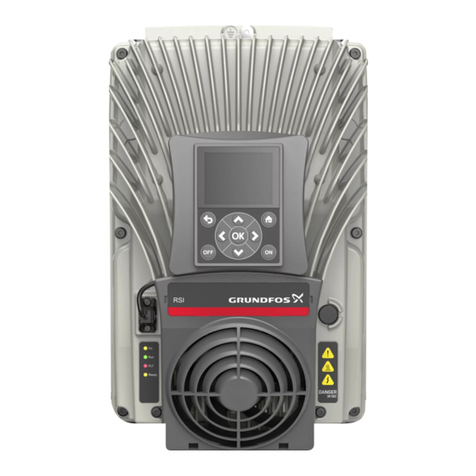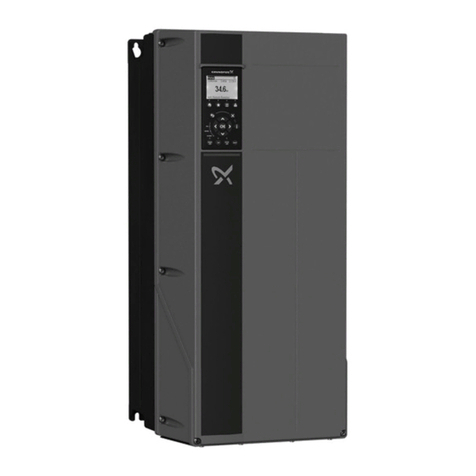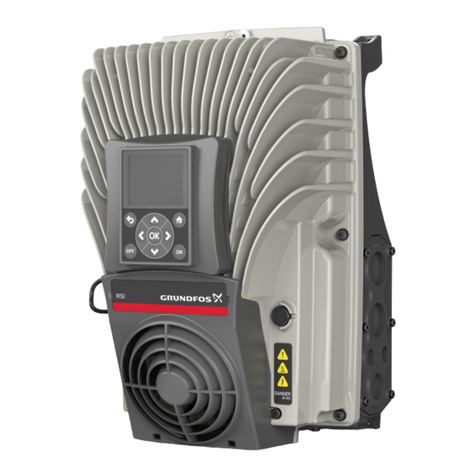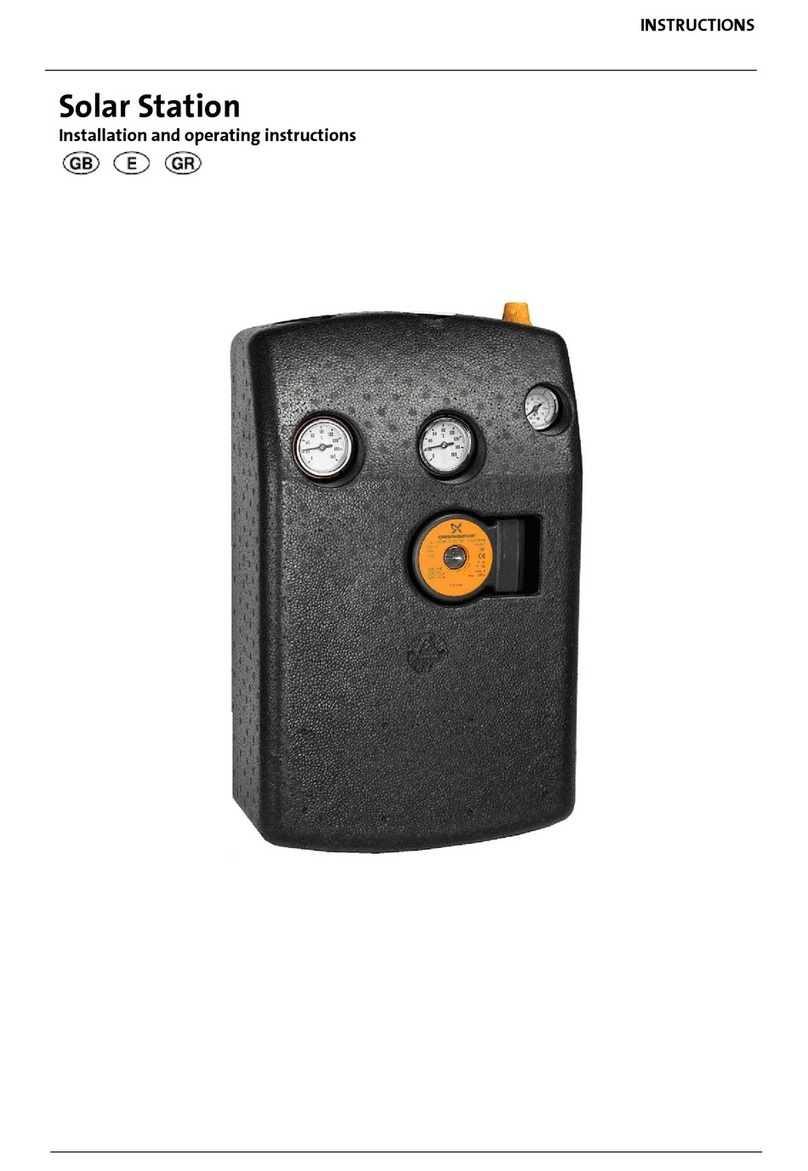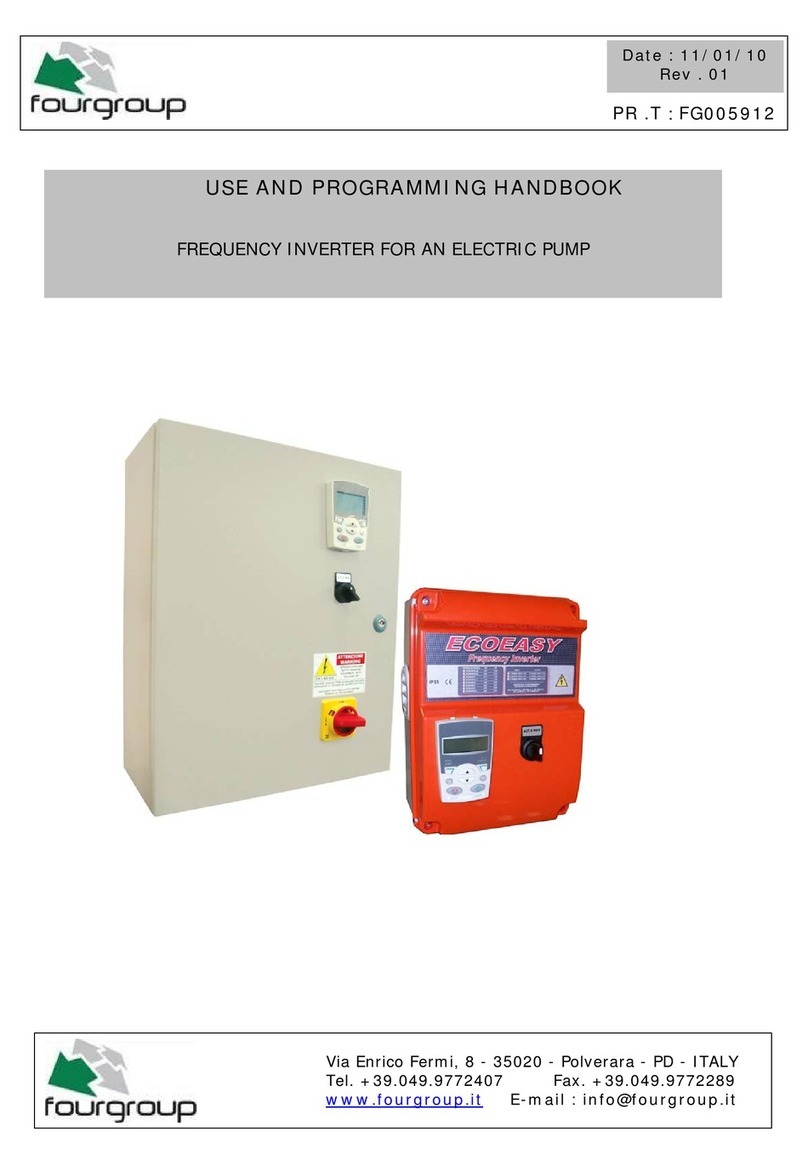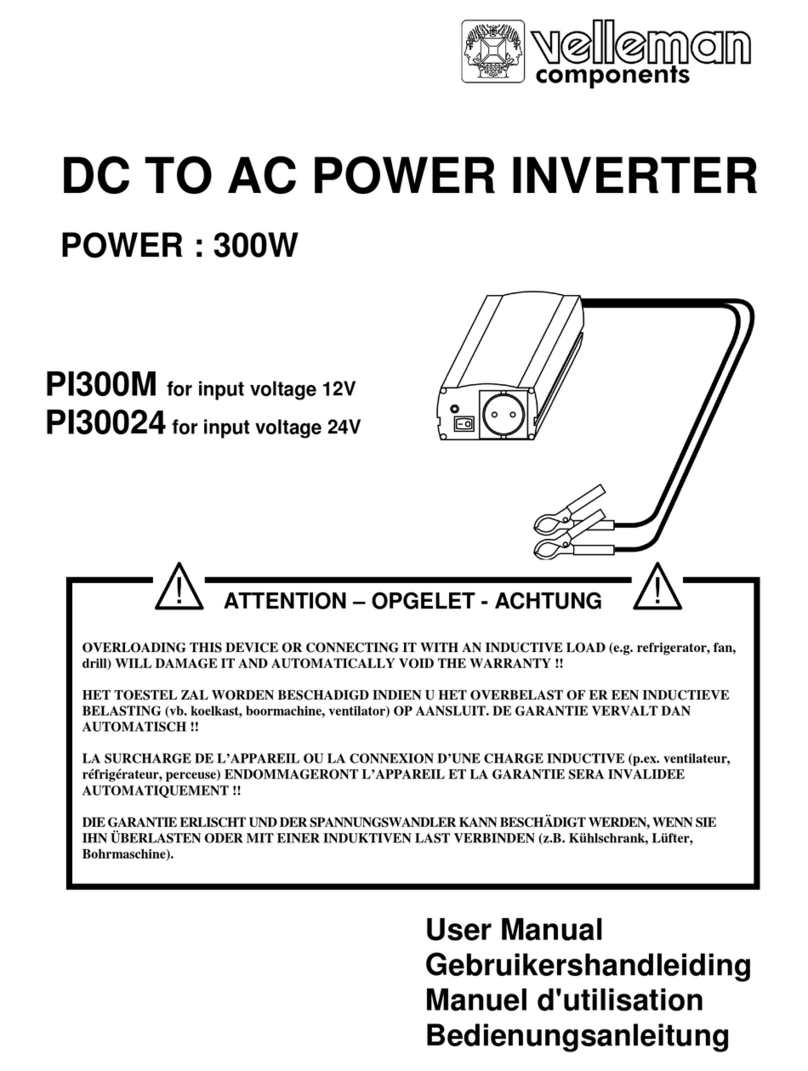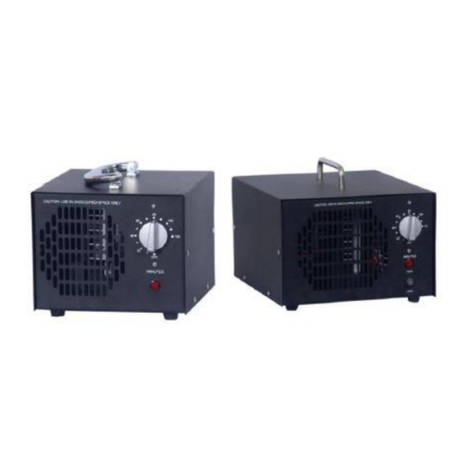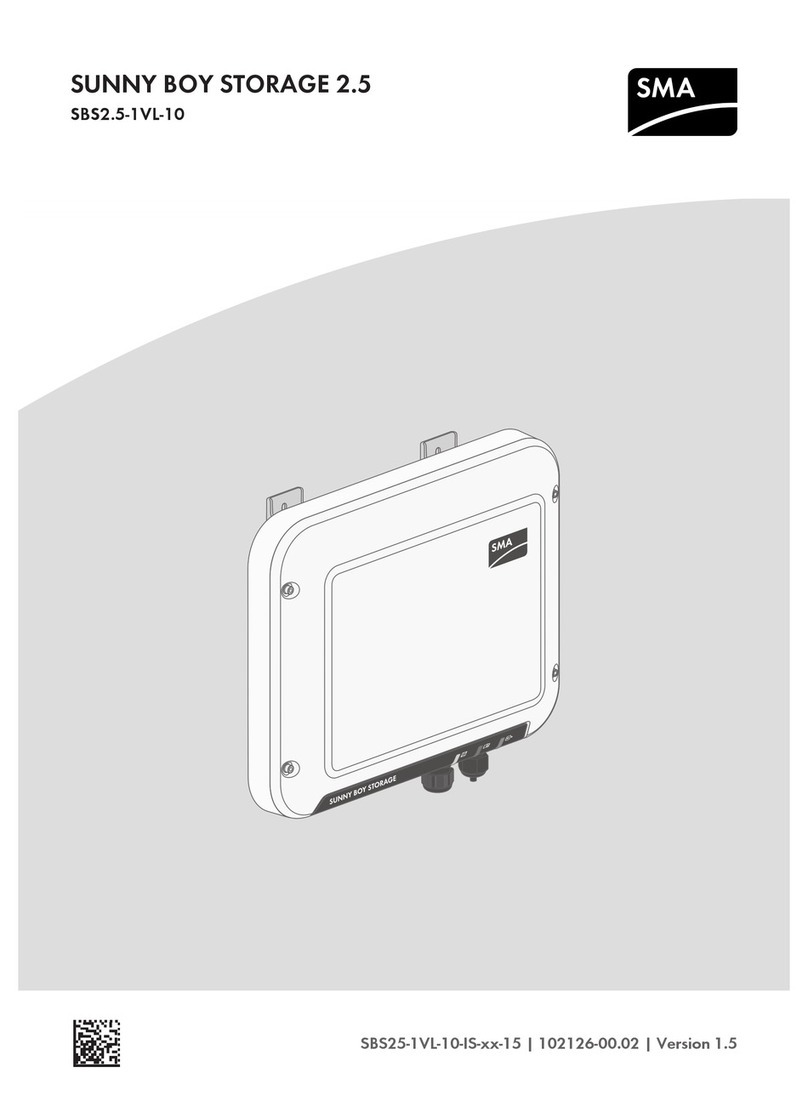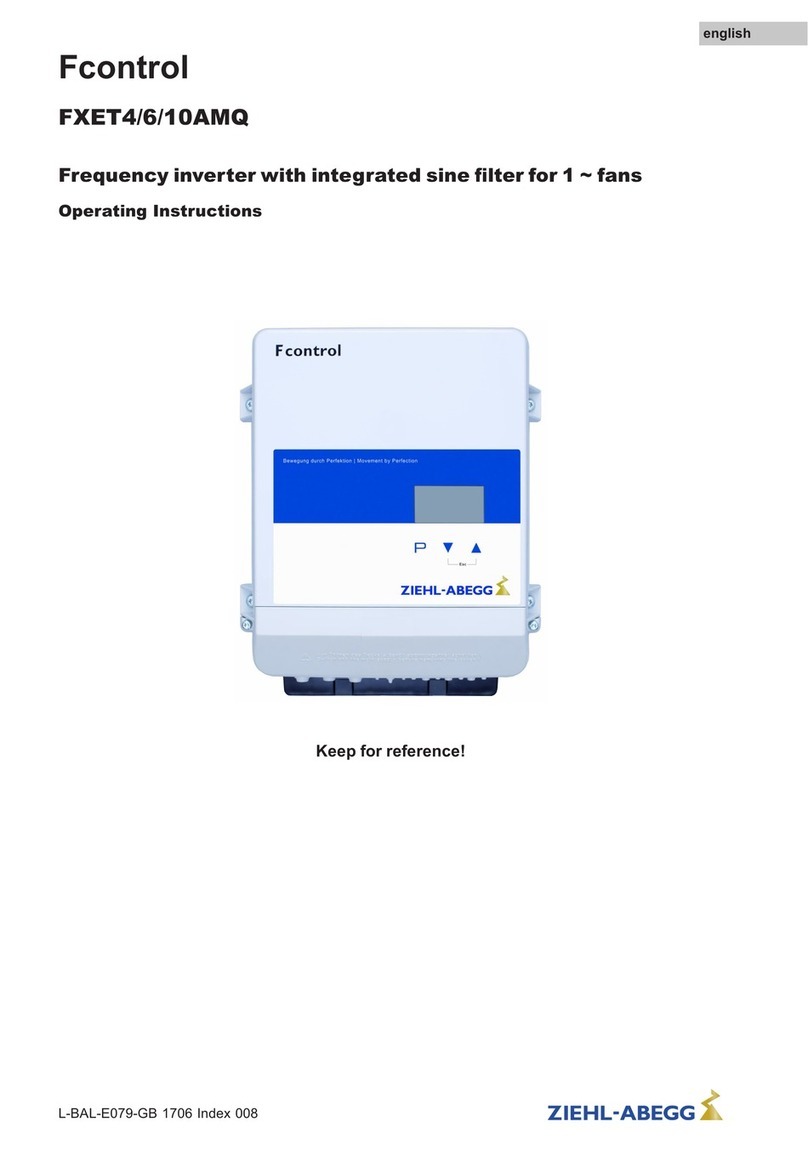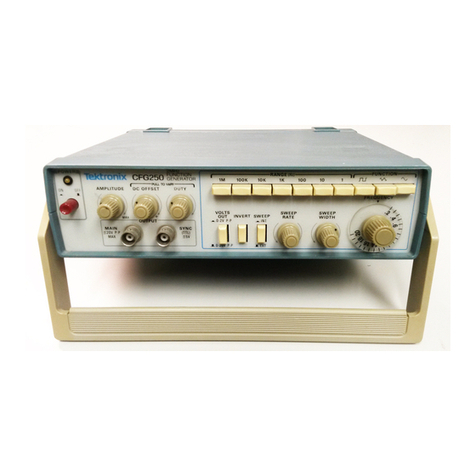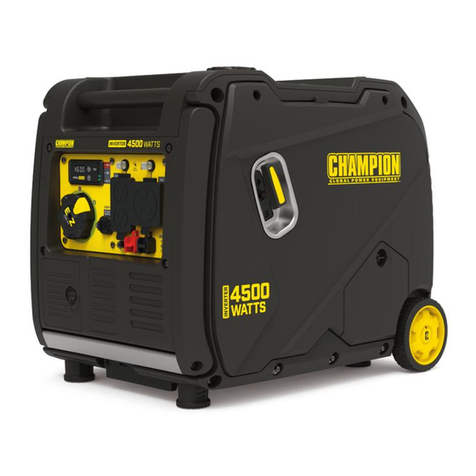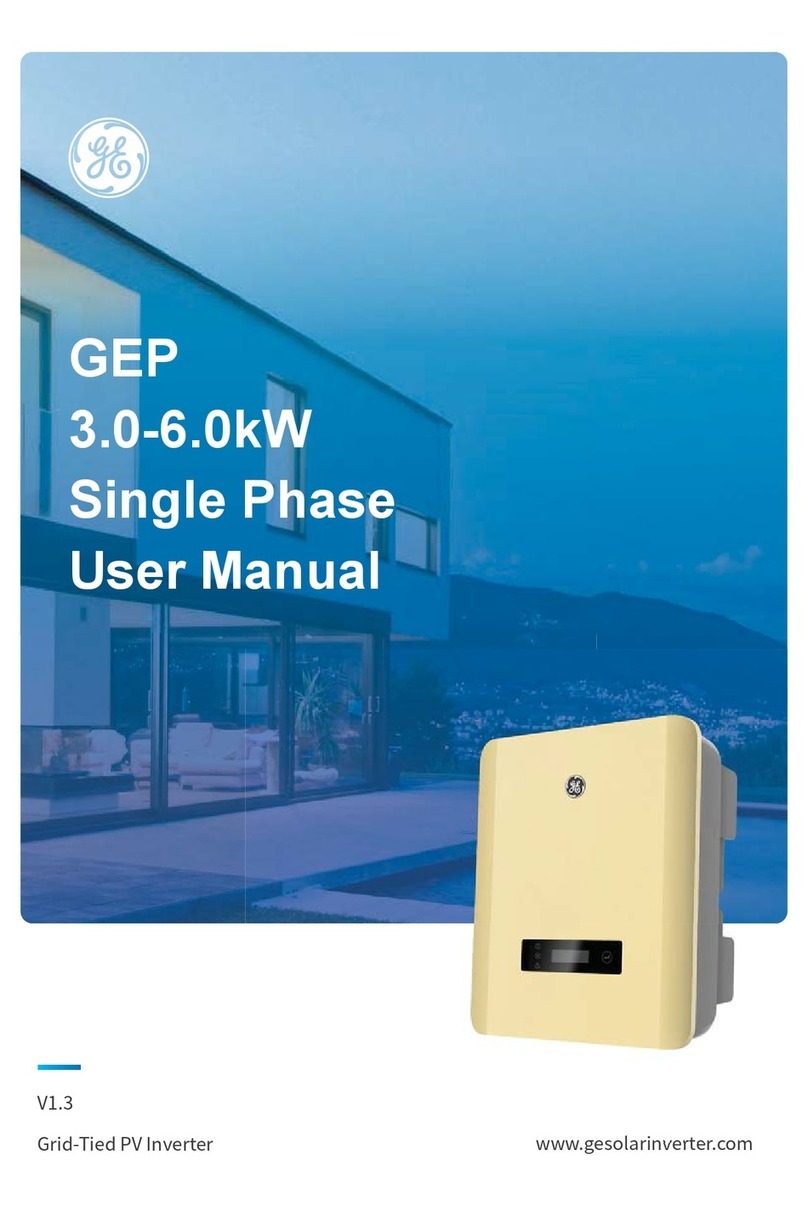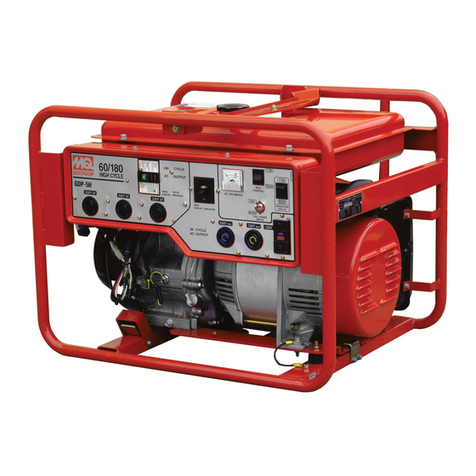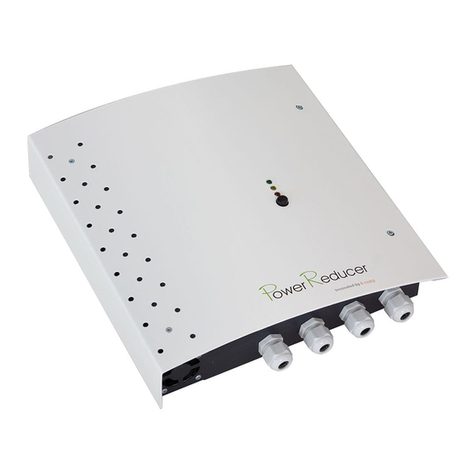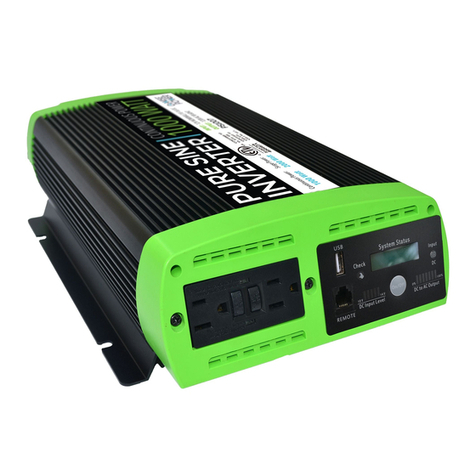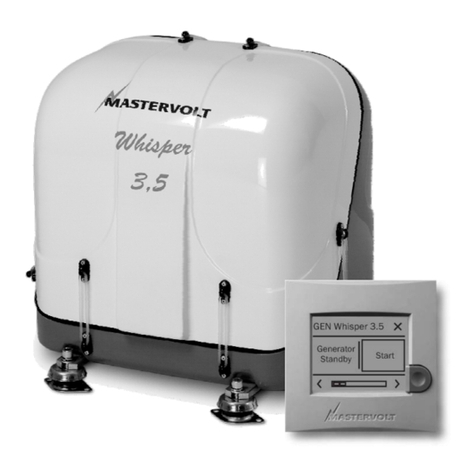
2. Safety
This manual contains clearly marked warning
information which is intended for your personal safety
and to avoid any unintentional damage to the product
or connected appliances.
Before installing, commissioning or using the
frequency converter, please read the warning
information contained in RSI Installation Manual.
Please read the following additional safety
instructions carefully.
Only authorized, trained and qualified personnel are
allowed to install, operate and maintain the drive.
2.1 Danger
These warnings are intended to personnel
responsible for grounding the frequency converter.
Ignoring the following instructions can be extremely
dangerous and may cause death or severe injury.
DANGER
Electric shock
Death or serious personal injury
‐Ground the frequency converter to
ensure personnel safety and to reduce
electromagnetic interference.
DANGER
Electric shock
Death or serious personal injury
‐After disconnecting the AC drive from
the mains or from the DC input supply,
wait until the indicators on the keypad
go out (if no keypad is attached, see
the indicators on the cover). Wait an
additional 60 seconds before starting
any work on the connections of RSI.
After expiration of this time, use
measuring equipment to absolutely
ensure that no voltage is present.
Always ensure absence of voltage
before starting any electrical work!
2.2 Warnings
WARNING
Electric shock
Death or serious personal injury
‐The touch current of RSI exceeds 3.5
mA AC. According to standard
EN61800-5-1, a reinforced protective
ground connection must be ensured.
See RSI Installation Manual for further
information.
WARNING
Electric shock
Death or serious personal injury
‐Never work on the photovoltaic
generator or frequency converter and
its input/output cables when the
frequency converter is connected to
the mains or to the photovoltaic
generator.
WARNING
Electric shock
Death or serious personal injury
‐Before performing any measurement
on the frequency converter, disconnect
or isolate the mains supply voltage or
the DC input supply.
WARNING
Electric shock
Death or serious personal injury
‐Do not touch the components on the
frequency converter or on the string
box cabinet that have high DC voltage.
WARNING
Electric shock
Death or serious personal injury
‐The photovoltaic generator cells
exposed to light supply DC voltage
even at low light intensity.
6
English (GB)
